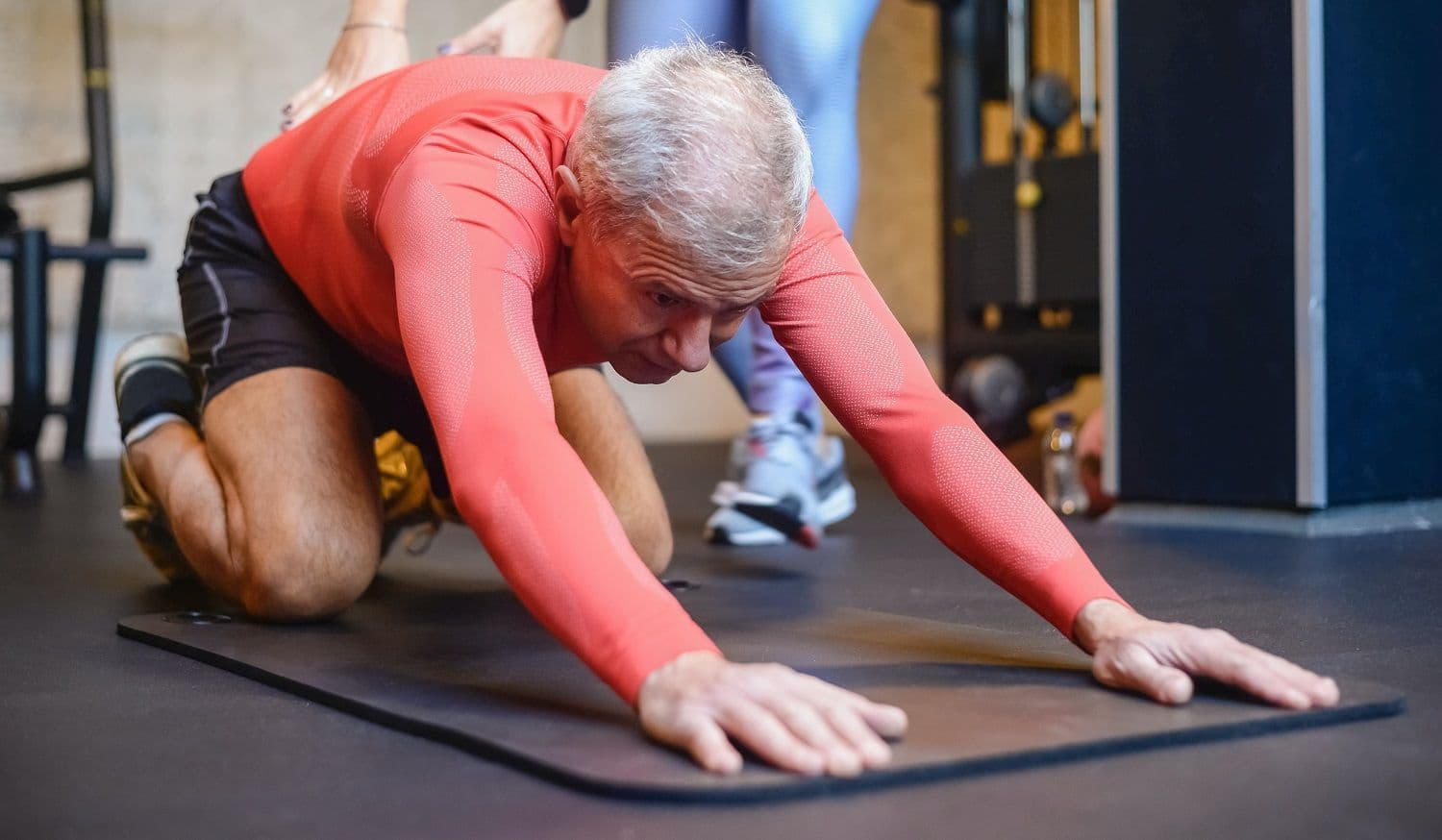Understanding Workout Intensity and Exercise Types
We live in an era where fitness is a trend, and like all trends, it comes with an overload of information. It can be challenging to sift through all the advice and find what's genuinely beneficial for our health. We know that regular workouts are good for us, but how often should we exercise? What intensity should we aim for? What kind of exercises should we do? This article will focus on the latter two questions.
Workout Intensity: How Hard Should You Push?
The answer to this question depends on your fitness goals. However, for health and longevity, moderate intensity workouts are often the best choice.
Understanding Moderate Intensity
In cardio workouts, moderate intensity is typically between 50% to 70% of your maximum heart rate. For other activities like weight lifting, intensity isn't as easy to measure. That's where the Borg rating of perceived exertion scale comes in.
The Borg scale is a widely used measure of perceived exertion during physical activity. It's used in medicine to document a patient's exertion during a test, and sports coaches use it to assess training and competition intensity.
The scale measures any physical activity effort, from weight lifting to running, on a scale of 1 to 10. A score of 1 represents an activity requiring minimal physical effort, like cooking, while a 10 represents maximum physical effort, such as sprinting or lifting weights to failure.
To simplify, in weight lifting, a score of 10 would be when you can't do more repetitions, 9 is when you could do one more, 8 is when you could do two more, and so on.
Ideally, we should aim for a score between 7 and 8, unless we're doing High-Intensity Interval Training (HIIT), where our effort would be 9 or 10. Start with a routine that suits your physical condition and age, and gradually increase the intensity as your body adapts. If it becomes too challenging, reduce the weight or repetitions.
Avoid reaching your maximum recoverable volume (MRV), the point where your muscle accumulates so much fatigue that your performance suffers. If you reach your MRV, you'll need to reduce your workout load and adjust your routine.
And remember, always warm up before starting and cool down after your workout. This helps prepare your ligaments and tendons, normalize muscle tone, and prevent injuries.
Choosing the Right Exercises
Different exercises have different effects on your body. Yoga, running, and weight lifting all provide unique benefits. Here are five types of workouts you should incorporate into your routine to maintain balance and prevent long-term issues:
-
Muscle Strength: Muscular strength is essential throughout life. It's not about having big muscles, but about having a body that's strong relative to its weight. Training for muscular strength also boosts testosterone and growth hormone levels, keeping us youthful.
-
Anaerobic Capacity: Anaerobic capacity is trained through short, explosive exercises that demand 100% effort for a brief period. This includes HIIT and Tabata workouts.
-
Endurance/Stamina: Endurance training involves long-term, low-intensity workouts. High-intensity endurance training can stiffen arterial walls and cause joint wear if not done correctly. Incorporate low-intensity, long-duration workouts into your routine every two weeks or so.
-
Mobility and Alignment: Working on soft tissue mobility and joint alignment helps prevent future arthrosis, joint pain, and improves posture.
-
Flexibility: Before working on flexibility, correct any imbalances in alignment and mobility to prevent long-term issues.
